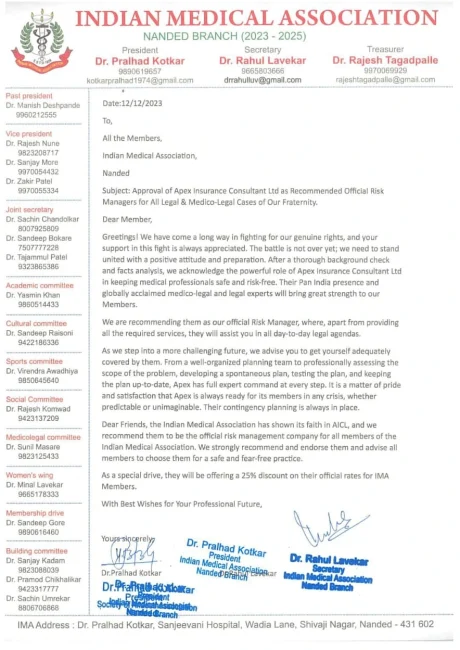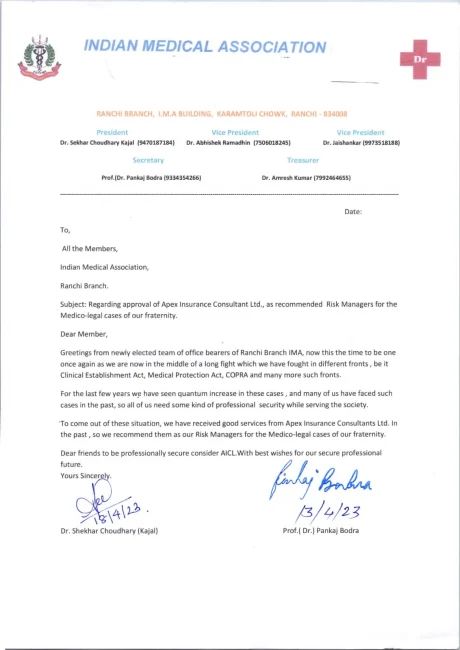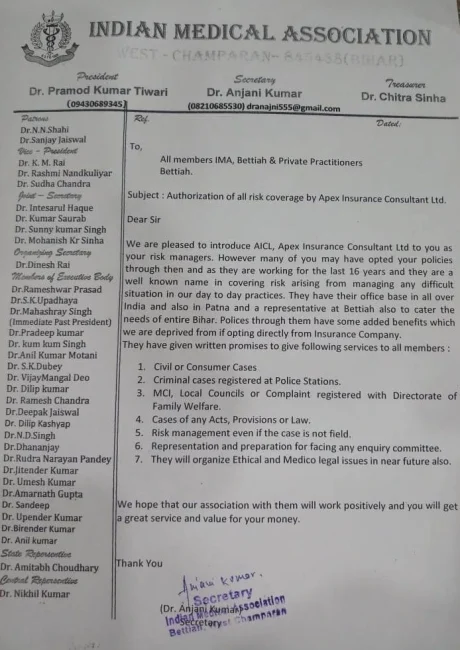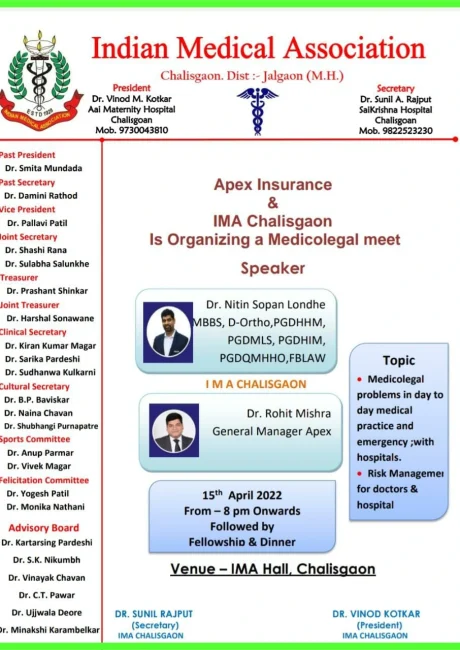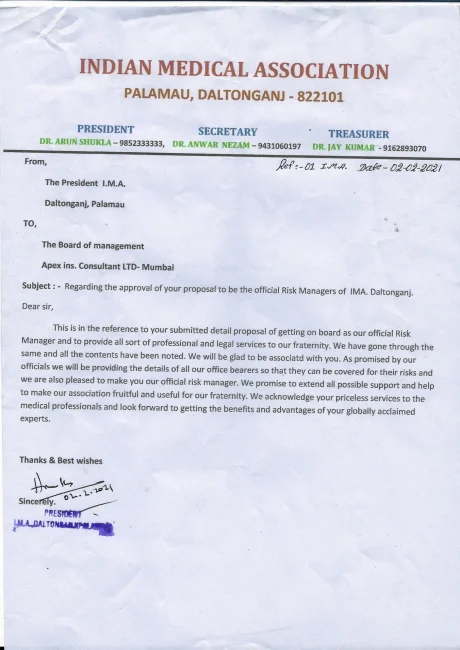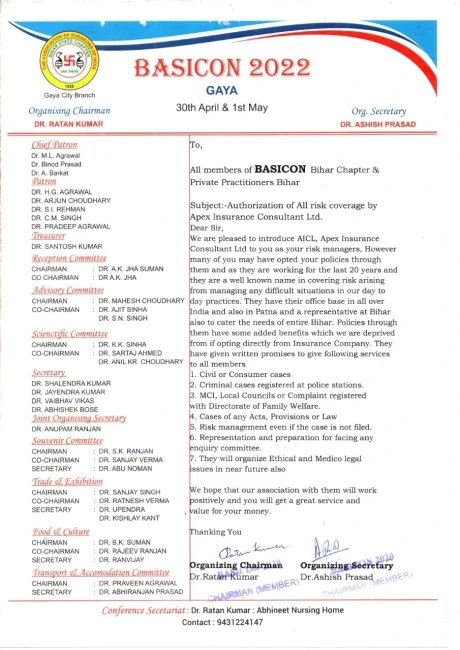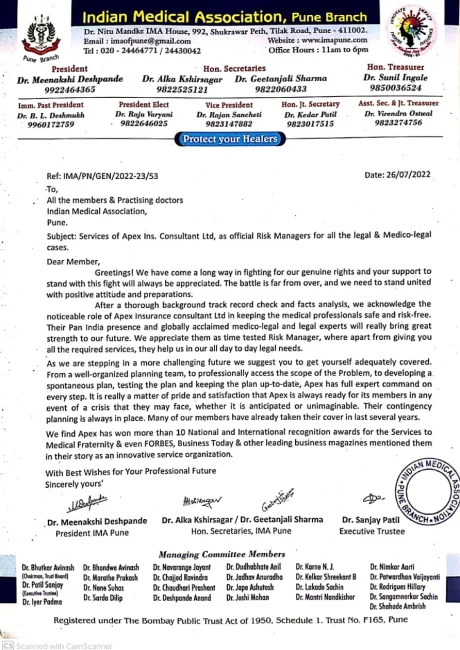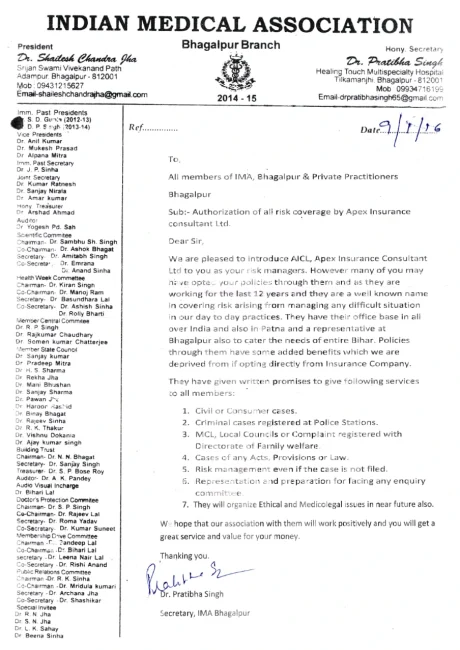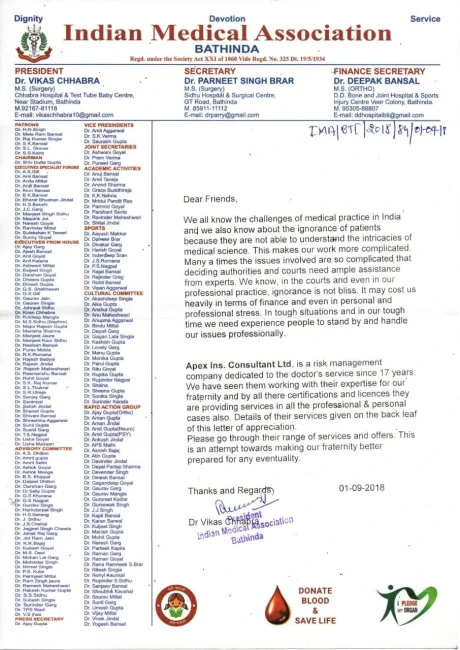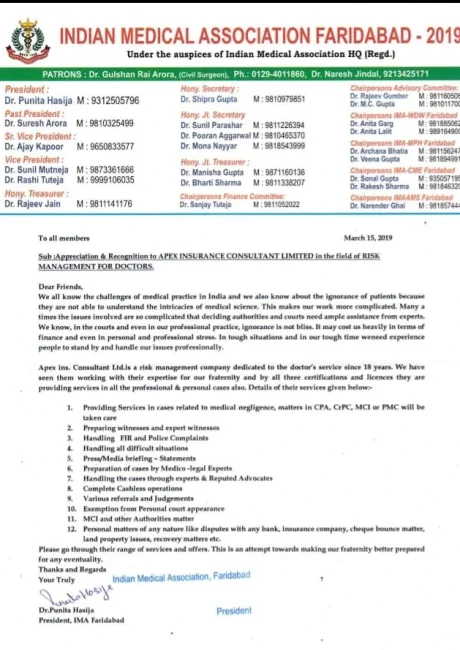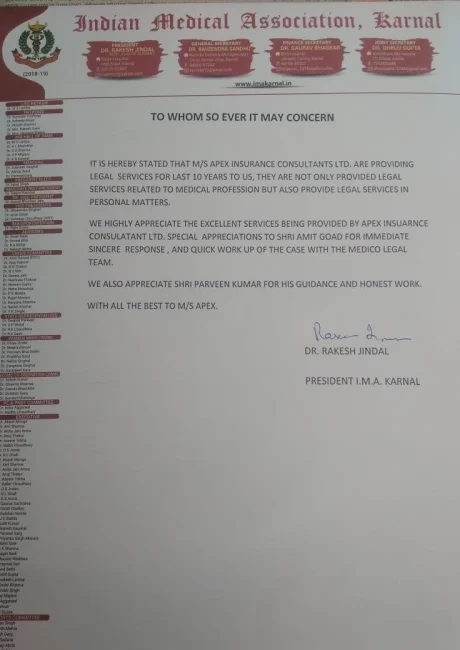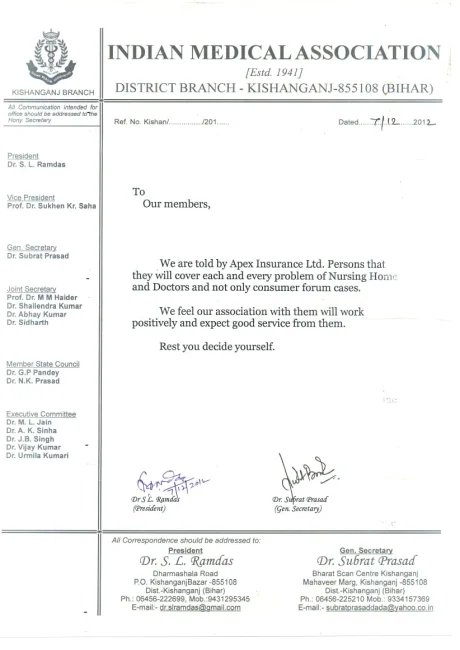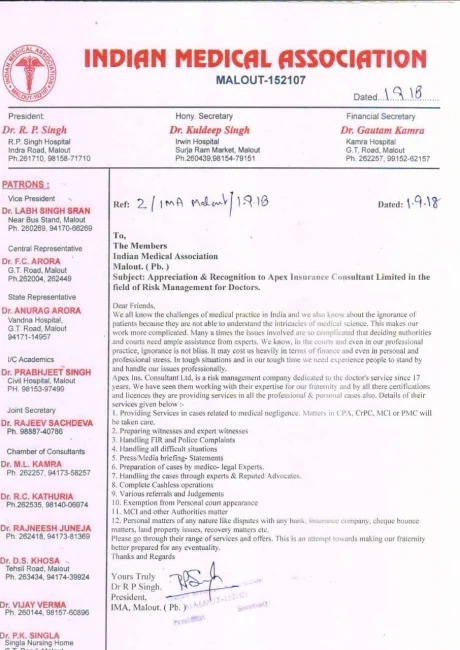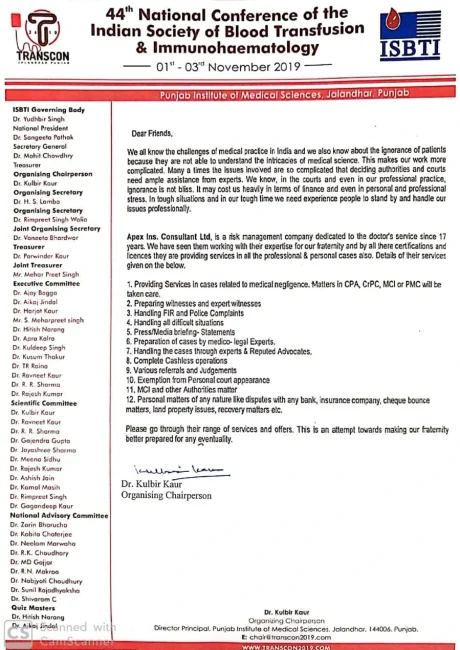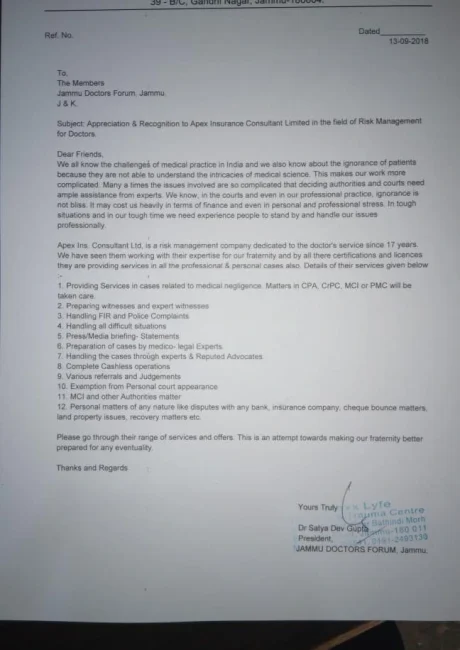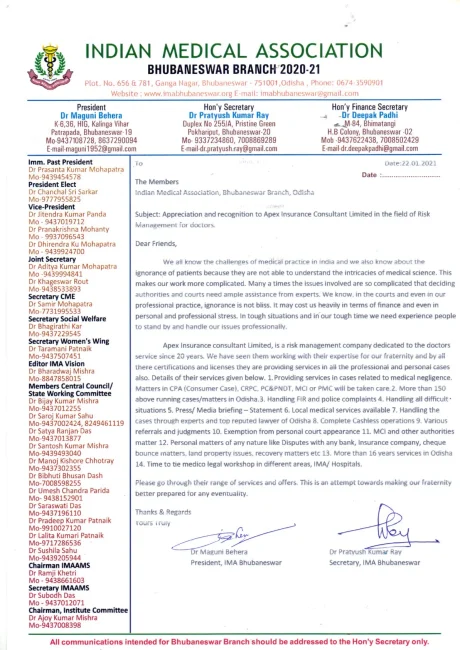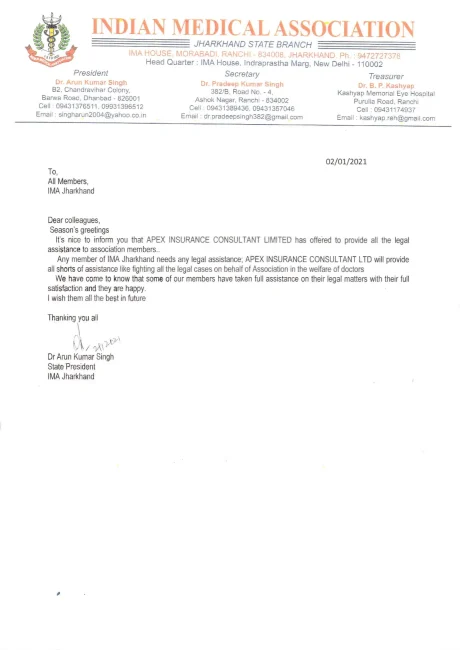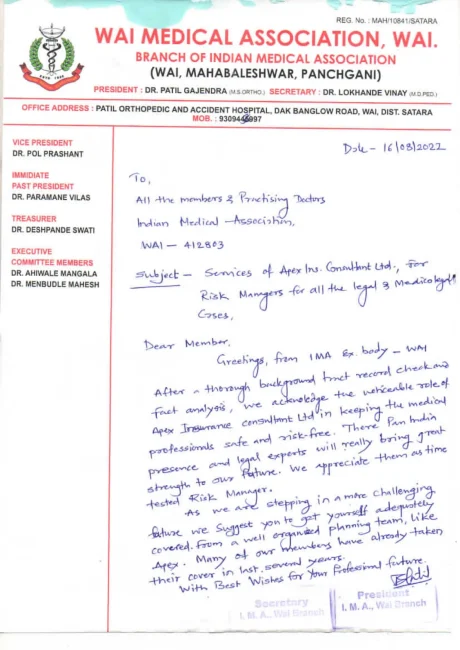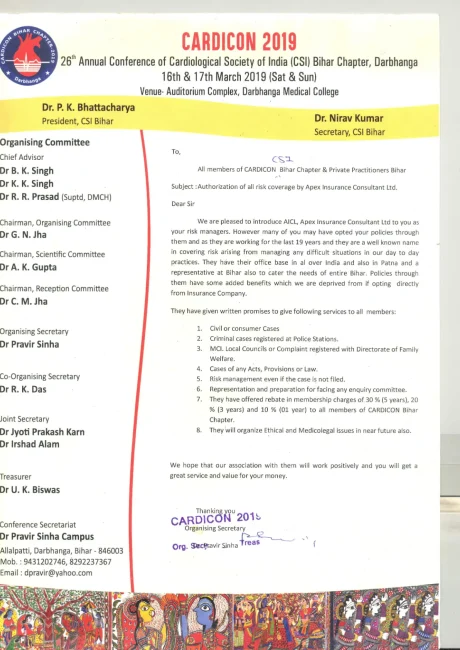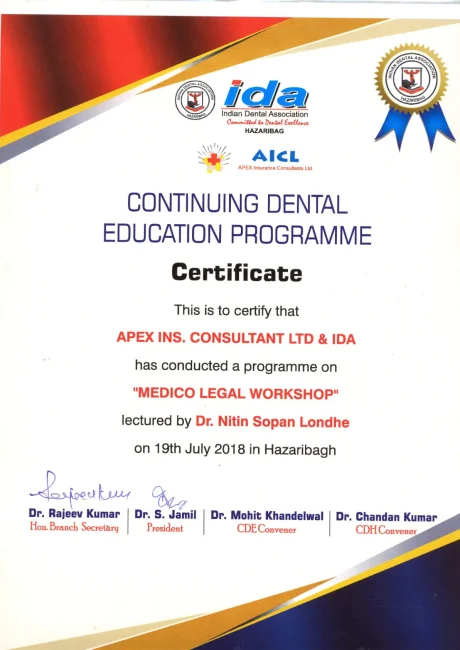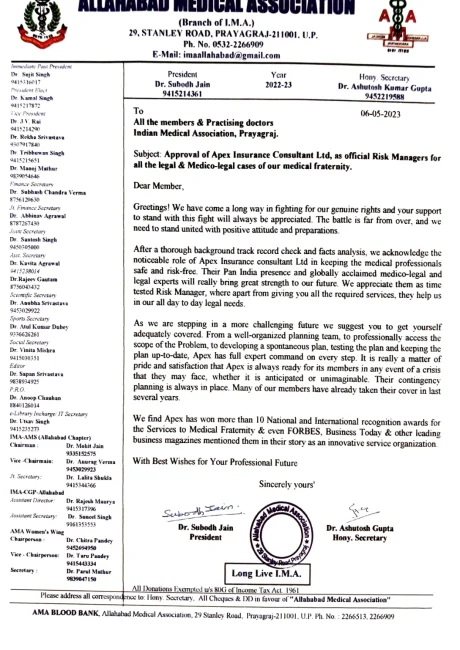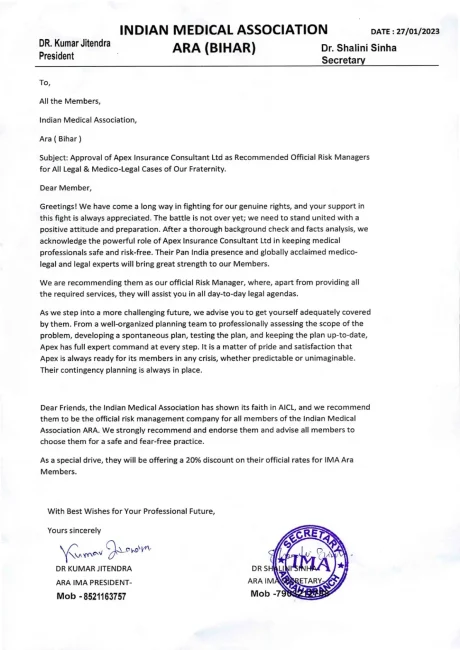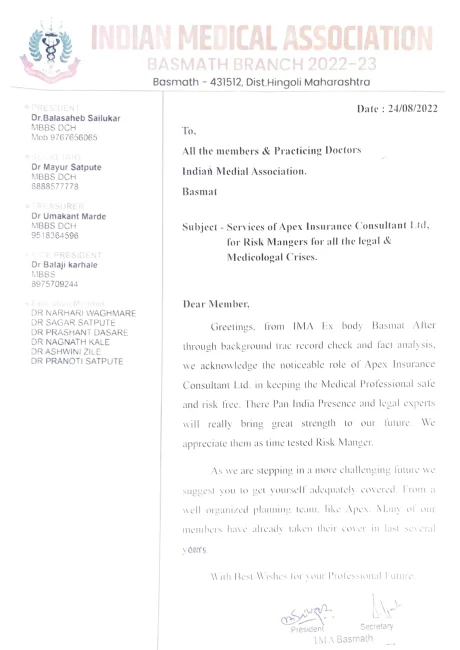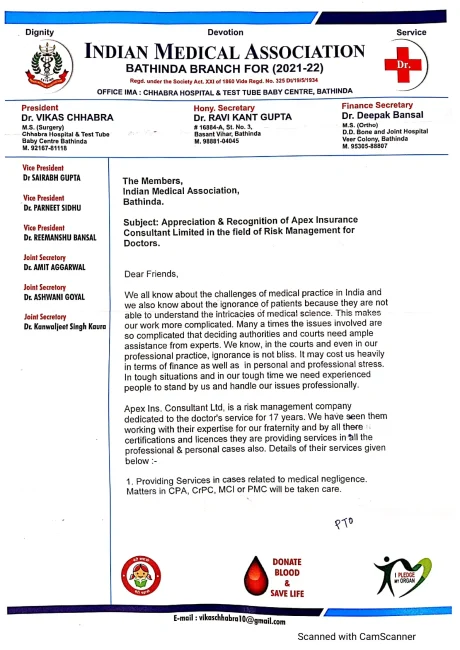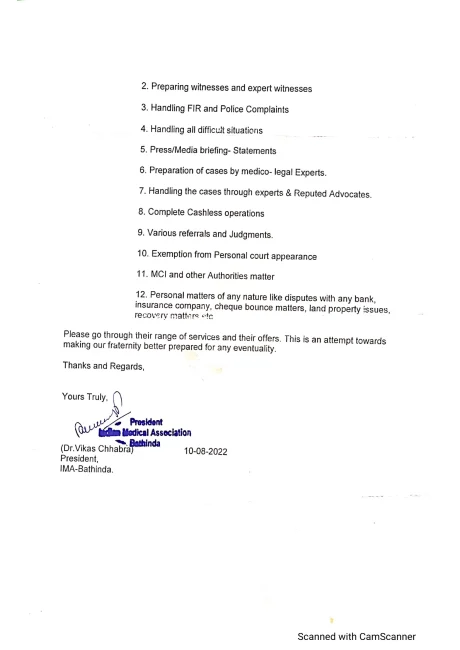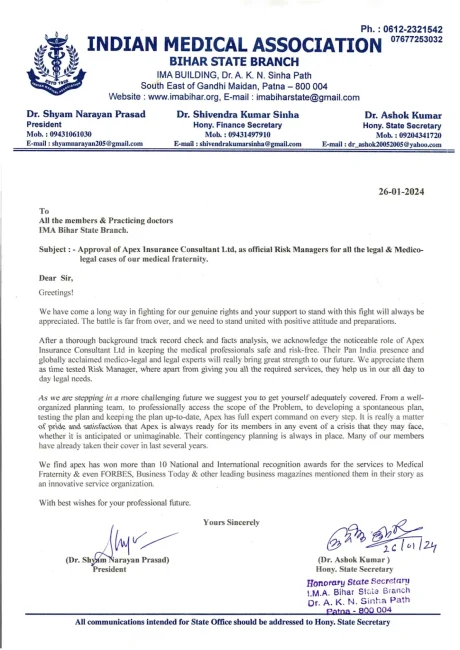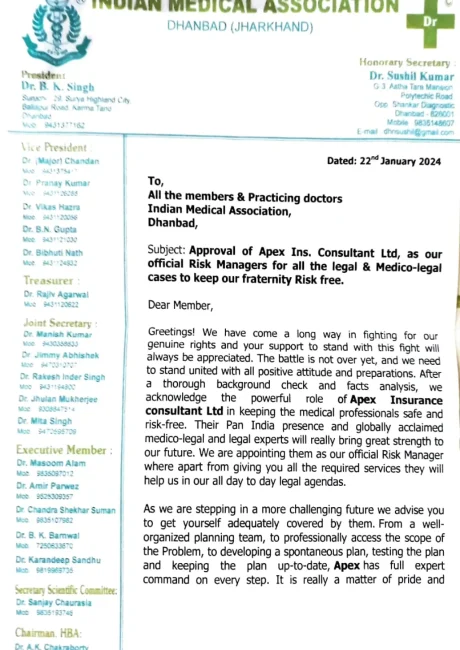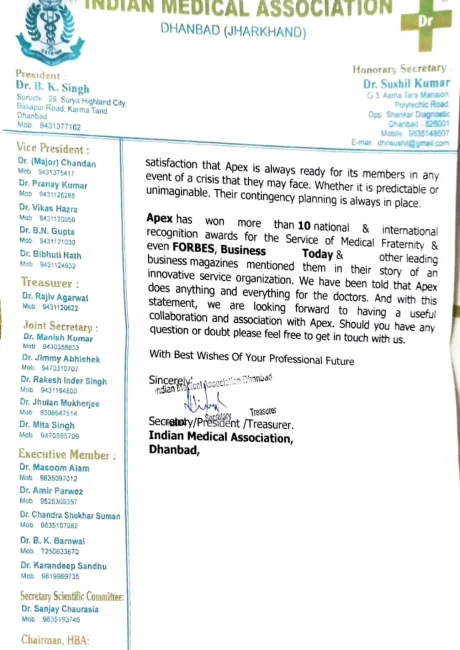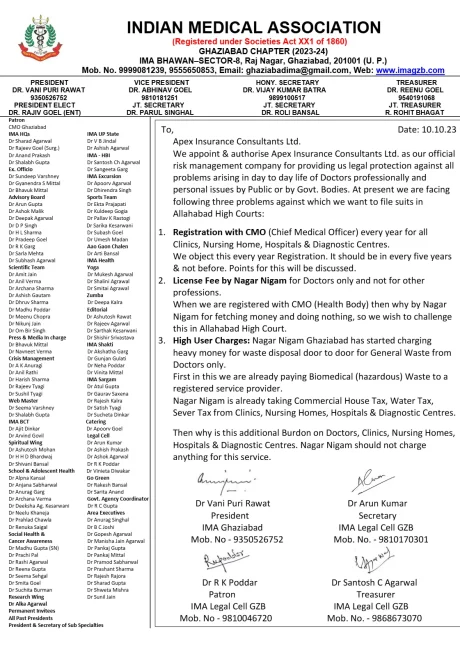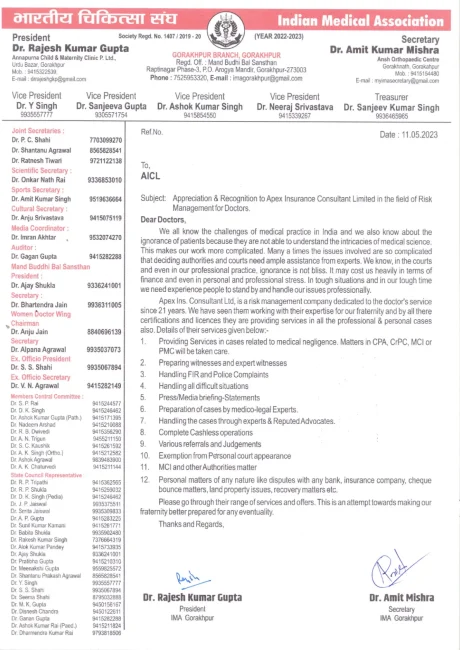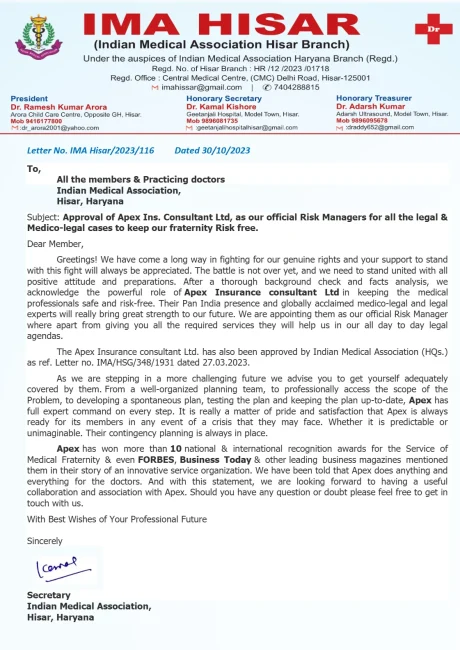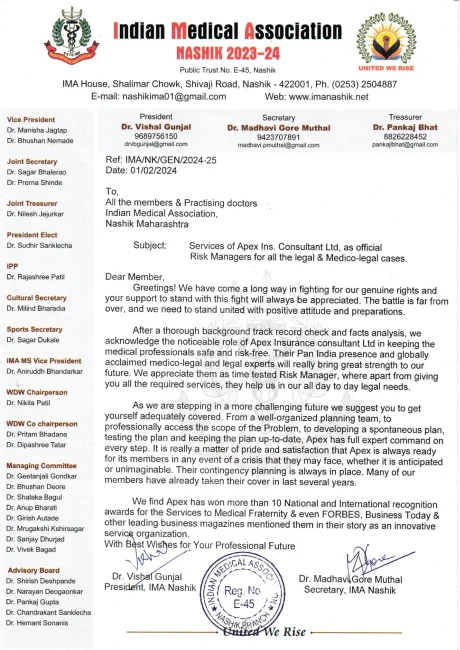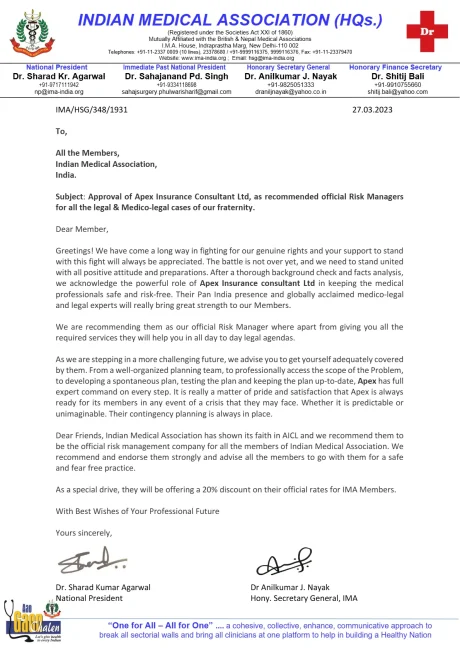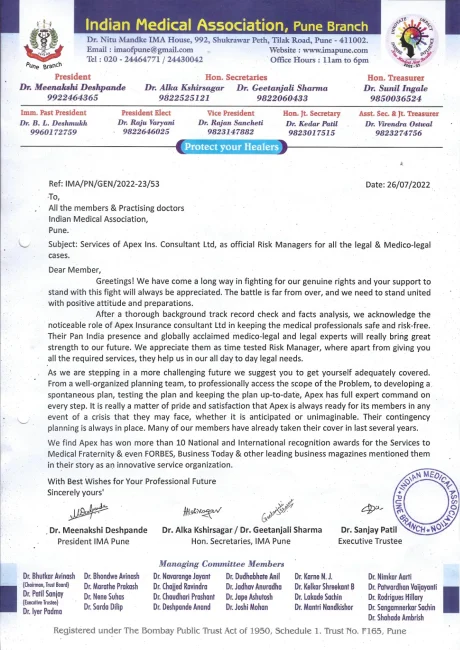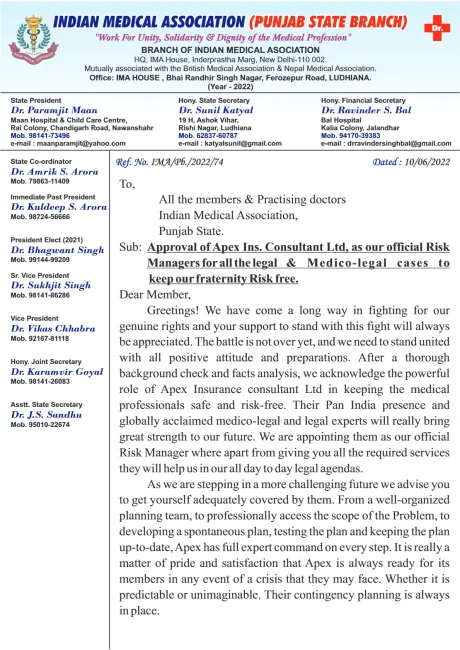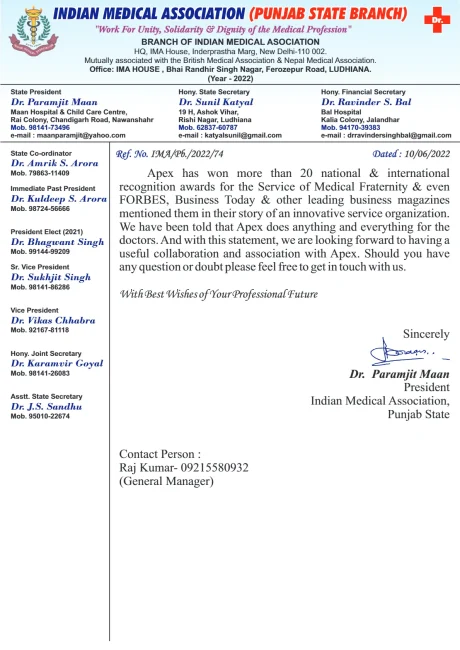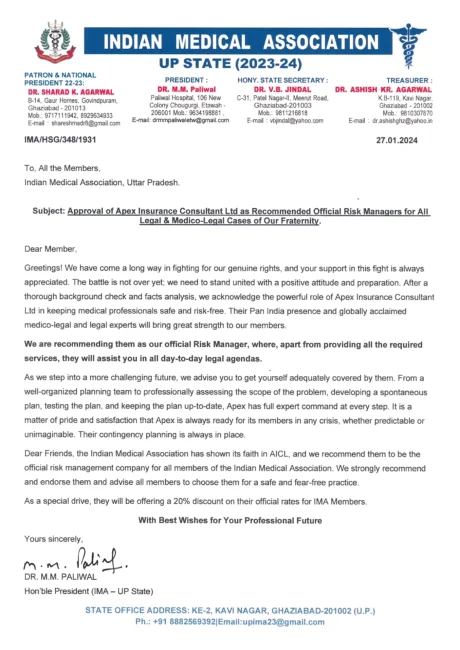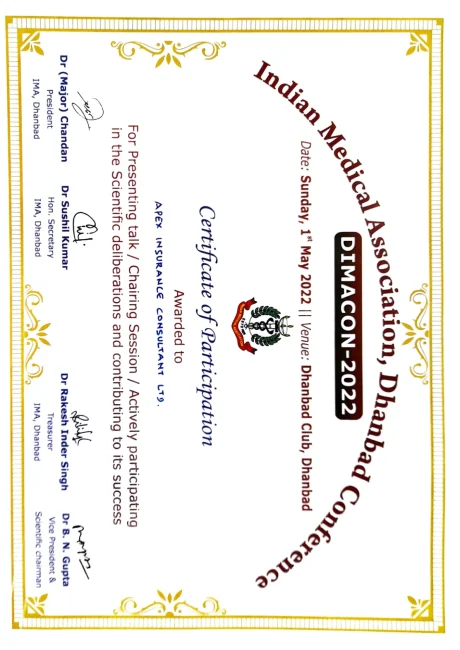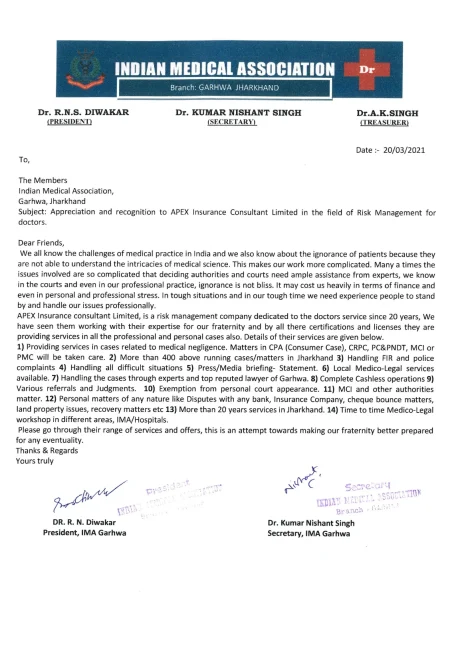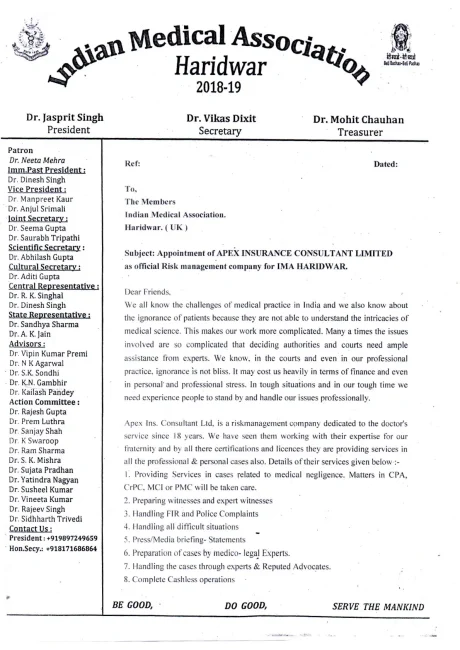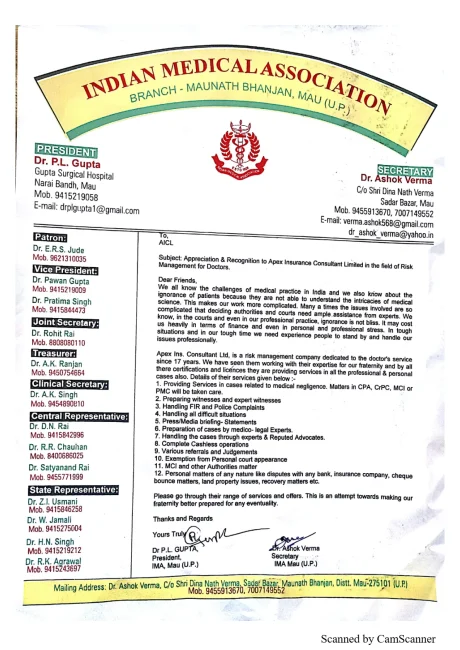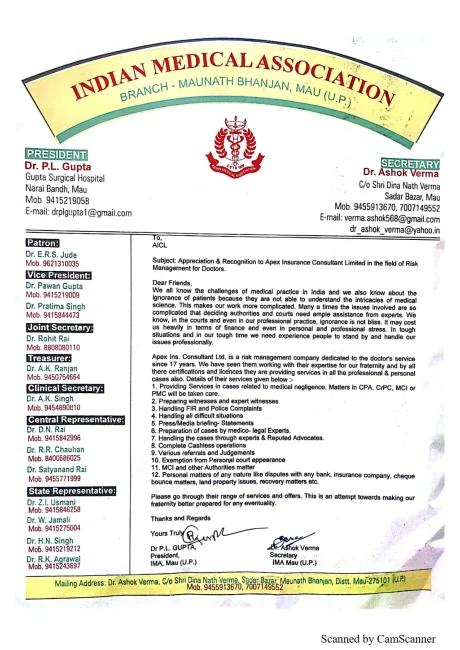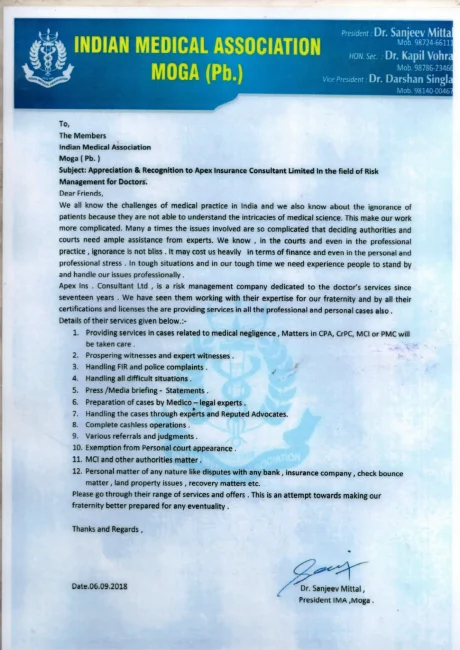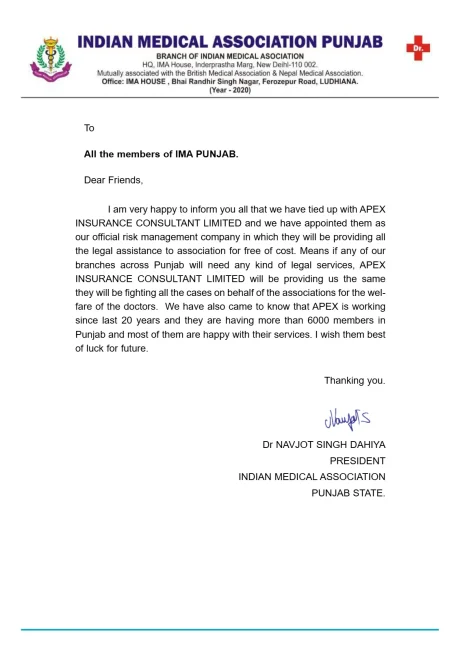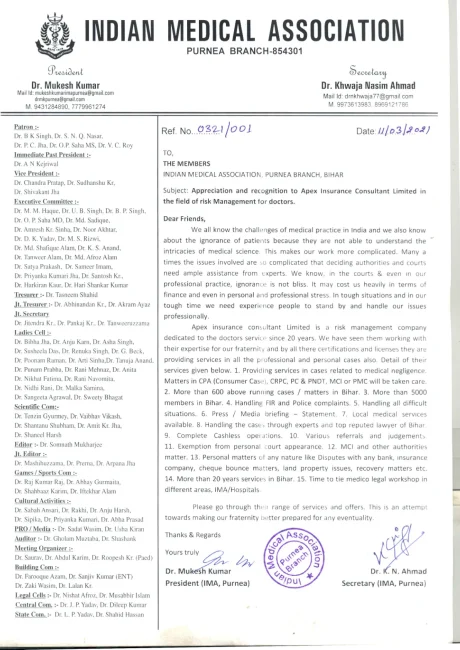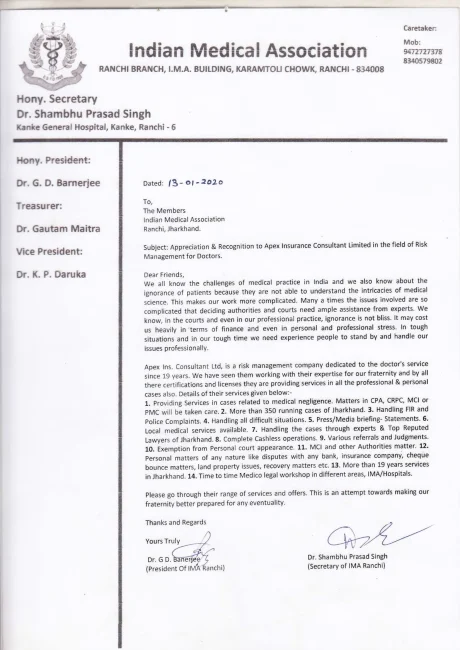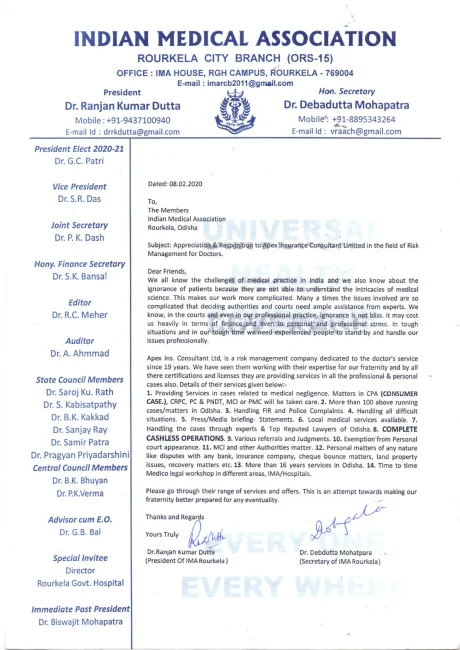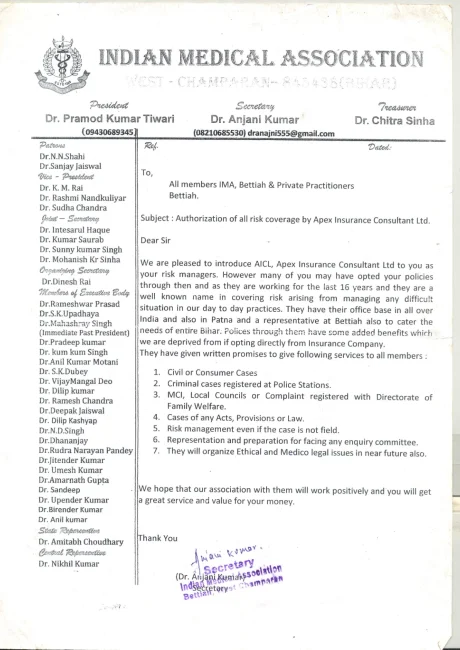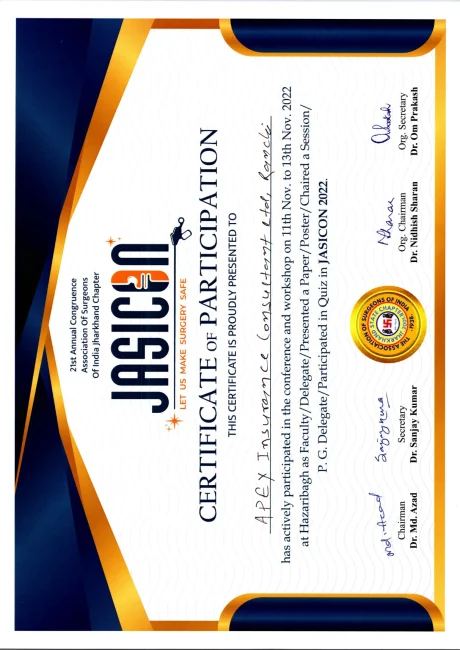By, Dr Sushila Baldwa, Dr Mahesh Baldwa, Dr Namita Padvi, Dr Varsha Gupta
“The Patient party will never care how much you know, until they know how much you cared for the critically ill by talking to them”
Good communications skills are key to critically ill patient party – Critical care medical practice is all about doctor treating patients as human and not targeting diseases alone; the body has the last word; all medical care flows through the relationship between physician and patient; and the spoken language is the most important tool in medicine. Good communications skills are vital to good doctor patient relationship, but unfortunately this aspect is often underestimated by today’s critical care doctors who tend to place more importance on technical advancement in their profession of critical care. In modern times when doctor patient relationship is undergoing severest strain and therefore communication skills have become important to save the relationship between doctor and patient party.
Paternalistic communication – We all hear from critical care specialist saying, “I ask the questions here. I’ll do the talking!” Diseases may not have changed much in this 21st century, but the critical care profession has put in lot of arrogance, show off and expensive care in medical profession to patient party. These new behaviors of critical care person or intensivist created by ultimate knowledge, skills and gadgetry of defying death, disability and what was impossible yesterday leading to paternalist communication style.
Communication and diagnosis – What is important in medicine even today is “The diagnosis, the diagnosis, and diagnosis.” Sixty to eighty percent of medical diagnosis can be made with a good medical history taking and interview of patient party which improves understanding and enhances use of such information in aiding diagnosis. Doctors who can’t communicate well are more likely to end up in court. Interestingly, analysis of 45 malpractice cases found that many of the doctors being sued delivered information poorly and devalued the patient party’s views.
Indiscriminate use of medical technology in critical care – The orientation of medical training is responsible for indiscriminate use of medical technology in critical care. The attitude taken by some physicians is, “If it can be done, well, it should be done.” Such attitude does not care for patient party. This causes professional strains if used medical technology fails to yield desired results from perspective of patient party. Sometimes use of technology not only fails to give results desired even after spending fortune. Indiscriminate use of medical technology is expensive and drills large holes in the money pockets of patient party of critically ill. This becomes immediate cause of litigation if effective communication is not in place to explain raison d’etre.
It is better to use communication rather than silence- “Communication is a transactional process in which messages are filtered through the perceptions, emotions and experiences of those involved.” From womb to tomb we communicate. We learn to express ourselves through appearance, style of speech, body language. An important part of personality is the way an individual communicates. Effective communication in critical care medical field is only immunity available to avoid litigation. In fact, communication is the glue that cements and boosts physician-patient relationship for betterment.
Though communication is bilateral interaction yet implied meanings may differ – If words merely represented things in the same manner that a thermometer reading represents a certain temperature, then the study of language would proceed in a nice orderly manner. But whereas the thermometer functions independently of persons who might take an interest in its reading, words do not; they represent not only something “out there” but the person using them as well. Words always stand for something to someone. Language, however, is totally different; it is irreducibly triadic. The irreducible triangle consists of (a) word, (b) the thing it stands for, and (c) the person’ for whom it has that meaning. Complications arise because there are almost always variations between the meanings of the same words for different people due to difference in individual context and perspective. Since one cannot verify in objective terms what is going on inside the mind of another person, the problem of personal meaning has thus far proved impenetrable and cause of much difficulty in communication.
Communication of critical illness to patient party – Fortunately, all the features that make the spoken language opaque to science provide opportunities for clinicians. Human illness is; in fact, triadic in the same manner as language. Diseases, when isolated and confined to their afflicted cells, organs, or enzyme systems, may be quite constant in the manner in which they express themselves, and we have instruments that measure their activity, just as a thermo-meter measures the kinetics of heat. However, each illness caused by a given disease is unique and differs from every other illness episode because of the person in whom it occurs. It differs even when a disease recurs in the same individual, the illness is changed by the fact that it is a recurrence; it now carries the associations with several causative factors and way to history of the previous episode in critically ill patient’s IPD sheet. The genetic makeup and or changes in immune response can alter the reaction of critically ill to disease. So, also previous dietary habits, personal habits of use of tobacco, and level of physical activity and lifestyle will affect the clinical presentation, clinical course, and outcome of a disease in critically ill patient. All factors are explained to patient party in detail during communication to patient party. These features are part of the critical illness and they should b explained using all factors leading to critical illness and aggravating it. The patient party should not be left to believe it’s just some “physical suffering event” but should be explained all past concurrent reasons of causation for current critical illness in detail during communication to patient party. Patient party is explained chances of recovery and chances of death in percentages for easy perception of outcome of critical illness.
Importance of communication skills – Even if a Doctor’s diagnosis and treatment are accurate, thoroughly rationale and successful, poor communication leaves parents unhappy and resentful. On the other hand, answering all questions without hesitations enhances patient party’s belief in doctor’s expertise. This is especially so with critically ill chronic and incurable diseases, which are perceived to be aggravated anxiety, stress and uncertainty for the whole family of critically ill. Critical care doctor should use good communication should dispel doubts, despair, anger towards critical illness and cost associated with it. This can avoid future legal complaints. Most complaints in health care systems arise from poor communication with patient party. Patient party cannot judge the quality of doctor’s examination, diagnosis or prescription with their “googled knowledge”. Patient party is annoyed by the doctor’s refusal to spend time with them, refusal to hear complaints, give clear explanations, a casual or callous approach to critically ill patient trivial problem-which according to their perception is vital. Obvious lack of courtesy to communicate and deliberate over issues which the patient party feels important is invitation to problems. Jettisoning their trivial concerns about medical care leads to future complaints, quarrels and legal actions. On the other hand, good communication, smart actions can play a significant part in avoiding complaints and malpractice claims.
Comprehensive communication is smart way of communication – Spoken word, body language, eye messages, and written word are the four ways we communicate with the patients. Allcommunication methods are equally important, but research shows that 70% or all our communication efforts using language are misunderstood, misinterpreted, rejected, disliked, distorted, or not heard (even when we are using language understood by patient party in similar ethno-cultural settings). Hence language is not best medium of communication.
Non-verbal communication – Non-verbal processes, through which, doctor shares information with a patient party of critically ill is most important. Doctors frequently overestimate the amount of verbal information they have provided to patients, and also believe that patients are satisfied with the verbal communication they received. Patient party of critically ill may find it difficult to convey dissatisfaction to doctor immediately. Large number of attendants find themselves speechless even when they are dissatisfied without asking questions about their problem, as they do not receive what they regard as a satisfactory response. One should read body language of attendants of critically ill. This dissatisfaction keeps panting up till some unfortunate, unexpected, sudden untoward event happens. The volcano bursts only when untoward event happens.
Interestingly in a successful and effective verbal and non-verbal communication account for understanding of patient party
- Words account for only 7% of communication,
- Voice accounts for 38%
- Visual body language and eye contact accounts for 55%.
The physician can provide good care only if he understands the patient in their own context. Smart effective verbal and non-verbal communication with the critically ill patient party helps to reduce complaints and litigations.
Some examples of blocking behavior of effective communication are-
- Offering advice and reassurance before the main problems have been identified
- Explaining away distress as normal
- Attending to physical aspects only of critically ill
- Switching the topic
- “Jollying” with patient party along when patient is critically ill
Some common barriers to good communication
- Arrogance – Arrogance is deeply ingrained into doctors. We expect our patients and their parents to follow our commands unquestioningly. We do not understand the need for explanations and often give none.
- Language and Jargon – A major problem occurs when the parents speak English. As soon as we meet English –speaking patient party, we start speaking in technical hyper-medical language. This leaves the patient party confused and uninformed. While talking in English, it is essential to make an effort to talk in language that a non-medical person can understand.
- Phones – Earlier, a telephone would buzz discretely on a receptionist’s desk, and a consultation would be uninterrupted. Today, there is a phone in everyone’s pocket and hands and calls can interrupt and hinder communication terribly.
- Unable to read nonverbal clues (read the body language) – An intelligent doctor should be quick to read the body language of a patient party.
- Be sensitive to patients’ emotional state – Do not react to emotive words. Patient party’s sometimes vent their feelings challenging critical care doctor. Tactfully without using unfriendly language explain rather than pouncing on them and return “a harsh word with a harsh word”.
What is the importance of good communication within and in between the health working team? – Good communication is important within the critical care health team as much as between the health care team and critically ill patient party. Different doctors, giving different statements to patients, junior staff giving unqualified statements to patients, antagonism between doctors or between doctors and nursing staff is bad for overall patient outcome.
Communication with terminally ill patient – At some point during the course of a terminal illness, a meeting between health care professionals and the patient/family is necessary to review the disease course and develop end-of-life goals of care. Learning the process step of a Family Conference is an important skill for physicians, nurses and others who are in a position to help patients and families.
Joint meeting of patient party, legal decision makers and family conference process steps
- Why: clarify conference goals in your own mind. Discuss freely about critical illness, death, disability. What do you as doctor hope to accomplish?
- Where: A separate room with comfort, privacy and circular seating.
- Who: Parents; legal decision-maker of critically ill, power of attorney; family members, trusted social support people; key health care professionals attending critically ill in past and now,
- Introduction and relationship building: introduce self and others; review meeting goals; clarify if specific decisions need to be made.
- Establish ground rules: each person will have a chance to ask questions and express views; no interruptions; identify legal decision maker and describe importance of supportive interactive decision making.
- Determine what each person knows about the critically ill patient already knows
- Review medical status: review current status of critically ill, prognosis and treatment options. Ask each family member in turn if they have any questions about current status and prognosis. Respond to emotional reactions.
- Family discussion with a non-committal, non – decisional person: ask each family member what do you think should be done?
- Ask if the family and other people would like you to leave room to let family discuss alone.
Wrap-up of joint meeting: Summarize consensus, disagreements, decisions and plan. Caution against unexpected outcomes. Identify family spokesperson for ongoing communication.
Document minutes in the chart form- who was present, what decisions were made, follow –up plan.
Delivering Bad news: Create an appropriate physical setting, a quiet, comfortable, room, turn off phones, check your own personal appearance, have participant’s including you, sitting down comfortably, determine who should present? Ask the patients whom they want to include participating, clarifying relationships to the patients’ party. Decide if you want others present (e.g. nurse, consultant, and social worker, attorney, power of attorney, legal decision maker) and obtain patient party and family permission.
Rehearse and re-think about your goals for the meeting of delivering bad news as well as possible legal goals, emotions of the patient party. Make sure you know basic information about the patient’s disease, prognosis and treatment options and ability to answers questions at ease.
Information for patient party and families about ventilator withdrawal – The physician’s counseling of families is a critical aspect of care for the dying critically ill patient whose ventilator care needs to be removed. Ideally the family will be involved in the decision to withdraw the ventilator. Before the withdrawal, the following issues should be discussed:
- Potential outcome of ventilator withdrawal – assuming all other life sustaining treatments have been stopped, including artificial hydration and nutrition, there are several potential outcomes : rapid death within minutes (typically patients with sepsis on maximal blood pressure support) death within hours to days, or stable cardiopulmonary function leading to a different set of care plans, including potential hospital discharge. If the later possibility of discharge is realistic, future management plans should be discussed prior to ventilator removal, since some families may desire to resume certain treatments, notably artificial hydration and nutrition.
- The procedure of ventilator withdrawal – Never make assumptions about what the family understands; describe the procedure in clear, simple terms and answer any questions. Families should be told before-hand the steps of withdrawal and whether or not it is planned or desired to remove the endo-tracheal tube. In addition they should be counselled about the use of oxygen and medication for symptom control. Assure them that the critically ill patients comfort is of primary concern. Explain that breathlessness may occur, but that it can be managed. Confirm that you will have medication available to manage any discomfort. Ensure they know that the patient will likely need to be kept asleep to control their symptoms.
If asked, explain that they can show love and support through touch, wiping of the patient’s forehead, holding a hand and talking to him or her.
- Support the decision ventilator withdrawal – Even though a family is able to make a definite, decision for ventilator withdrawal, such a decision is always emotionally charged. Families will constantly second-guess themselves, especially if the death appears to linger following ventilator withdrawal. Physician support, guidance and leadership are crucial, as the family will be looking to the physician to ensure them that they are “doing the right thing”. Furthermore, support needs to continue following death during the bereavement period.

